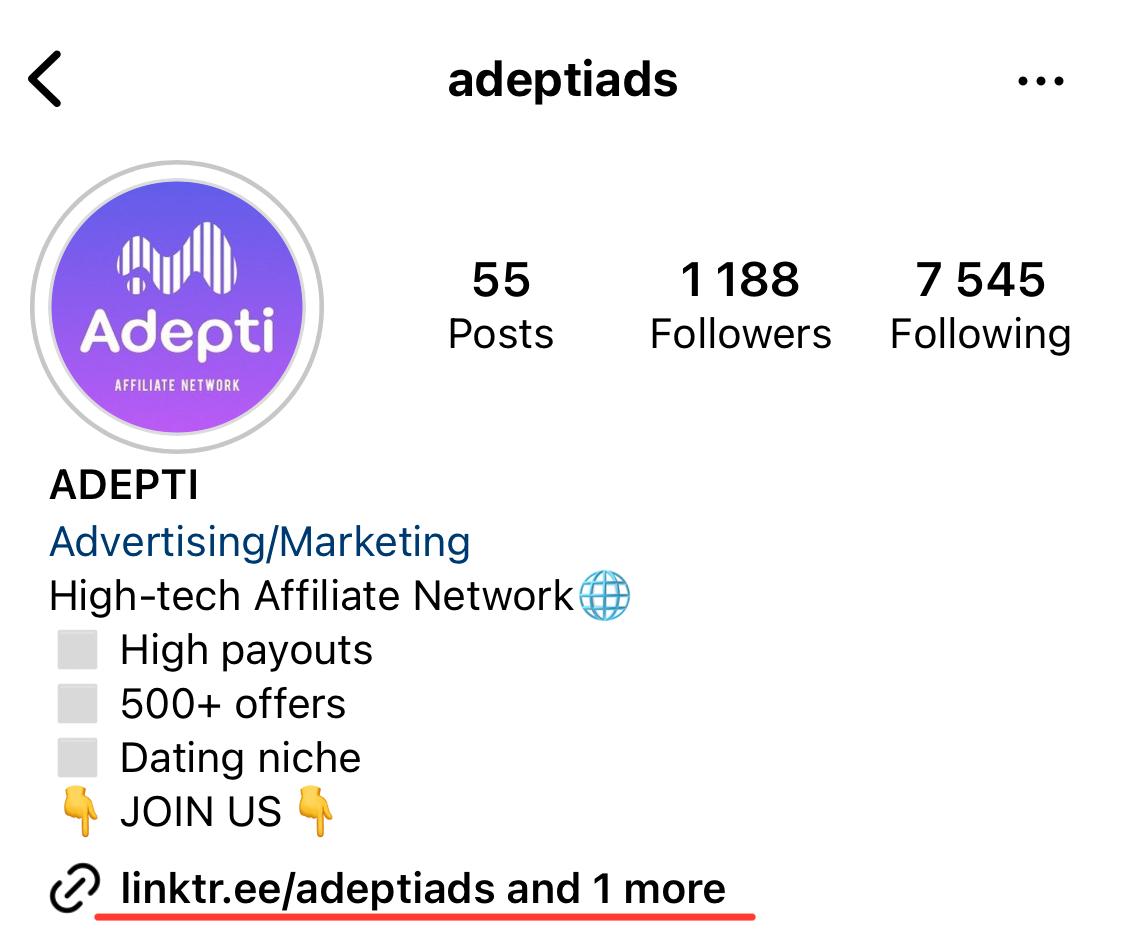Choosing the best social media platform for affiliate marketing depends on your niche, goals, content style, and budget. Each platform has unique features, audiences, and best practices.
We’ve evaluated the top platforms based on external traffic, audience size, and how easy it is to make that all-important content to help you make the best decision for your affiliate strategy.
YouTube
YouTube is the world’s #1 video platform and the second largest search engine, making it a popular choice for affiliate marketing in any niche. With its excellent organic reach, it’s possible to succeed on YouTube without spending money on ads. However, it can be competitive and intimidating for beginners.

To succeed as a YouTube affiliate, it’s important to understand what types of videos resonate with viewers. Educational and entertaining content is a great fit. Your YouTube content strategy should focus on showcasing affiliate products in a fun and engaging way. Do that through:
- Tutorials: Content that explains how to solve a problem, achieve a goal, or use a product.
- Comparisons: Comparing two or more similar products.
- Unboxings: Sharing the excitement of unpackaging a shiny, new product — especially popular in beauty and high-tech gadget niches.
- Testimonials: Sharing the experiences of real-world customers.
- Buying guides: Roundups of multiple products in a specific category.
Don’t forget to place your affiliate link in the video description so viewers can easily click on the products you’re promoting.
When creating YouTube content, always keep your audience in mind. What product features and benefits are most likely to interest them? What would persuade them to buy?
Twitter recently increased its maximum post length to 4,000 characters but it’s still best for short, snappy content. With its well-educated, tech-savvy audience, Twitter is a good fit for promoting.
The best thing about Twitter affiliate marketing is that you can add your affiliate link anywhere. So there’s no need to mess around with bridge pages or links in the bio, making it easier to generate clicks and commissions.
On the downside, Twitter kills your reach when you add off-platform links. For that reason, Twitter affiliates often create content in threads — a way of microblogging on the platform — with affiliate links added in the lower tweets — leaving the top tweets to drive engagement.
Twitter is also super competitive, so you’ll have to post a lot to grow a decent audience — and not just about your affiliate links. Tweets that drive the highest levels of engagement (and reach) tend to be funny, controversial, and thought-provoking — or all three.
TikTok
TikTok is a young, fun-loving short video platform with a young, fun-loving user base.

It’s become the go-to social media channel for viral and trendy niches, from the hottest new skincare trend to the latest must-have life-hack product.
There’s no easy way to add affiliate links to your content. In a nutshell, your options are to:
- Upgrade to a (free) business account to add links to your bio
- Send traffic to another social profile (and then to your website or a product page)
- Read out coupon codes or affiliate link URLs in your videos
- Add (unclickable) links to your content description or comments
None of those is ideal, but TikTok’s high reach, engaged audience, and comparatively low competition are tough for affiliate marketers to overlook.
While it’s technically possible to post videos up to 10 minutes long on TikTok, the platform heavily prioritizes snappy, bite-sized content. Like YouTube, though, creating enough content for this platform is time-consuming.
As an affiliate, if you’re willing to put in the work to create enough content, we recommend using TikTok to build views and your audience. Then you can promote lead magnet content in your bio and sell directly to your email list. However, unless you have a Business account or at least 1k followers, you won’t be able to include a link in your TikTok bio.
While it’s not as popular as it used to be (especially with younger audiences), Facebook still has a huge and highly active user base.
It’s also the most popular social media platform for affiliate marketing, with 75.8% of affiliate marketers using it according to our affiliate marketing statistics page.

Facebook’s organic reach can be challenging, especially for promotional links, and the competition is intense. But there are ways to succeed as an affiliate on Facebook. The platform supports diverse content types, including long-form posts, photo and video posts, stories, and live streams.
The reach of Facebook Pages has improved recently due to “suggested” content appearing in users’ feeds — even if they don’t follow the page. Think of it as the TikTokification of Facebook.
And then there’s the platform’s real trump card: Facebook groups. These groups are like pre-built marketing lists full of people interested in your niche.
A good approach is to ask a question and let people engage and reply before sharing a solution and linking to the product or post you want to promote. This way, you won’t be banned for self-promotion and people who engaged with your post will be notified.
On Facebook, it’s important to build engagement and be helpful rather than straight-up marketing to your audience. Some groups forbid promotional links, so be sure to read the rules before posting.
Instagram has superb organic reach compared to most social media platforms, and the competition in most affiliate niches isn’t too fierce, allowing affiliate marketers to get eyes on their posts without resorting to paid ads.
You can test different content formats — single-image posts, carousels, video posts, stories, Reels, and live streams — to help build your audience and promote your affiliate links.
This brings us to the big downside of Instagram affiliate marketing: adding affiliate links. Unfortunately, you can’t paste clickable links into post descriptions or comments. But you can add them as clickable buttons within Instagram Stories and your Instagram bio.

You can also use tools like Linktree to link to multiple articles or products at the same time.
Despite its high organic reach, competition on Pinterest is still low in most affiliate-friendly niches, giving you a better chance of building a large and engaged following. Be aware that many Pinners are still in the early stages of their buying journey but shopping engagement is growing with 80% of weekly Pinners saying they’ve discovered a new product or brand on the platform.
Pinterest functions like a search engine; Pinners use it to search for specific keywords, allowing creators to optimize their pins around these searchable terms.
And there’s another upside to affiliate marketing on Pinterest: the platform’s content also performs well on external search engines.
Google prioritizes imagery in searches about visual subjects (i.e. the types of topics that are best suited to Pinterest).
Use Pinterest to attract organic searchers to your pins — then point them toward related affiliate content on your blog.


